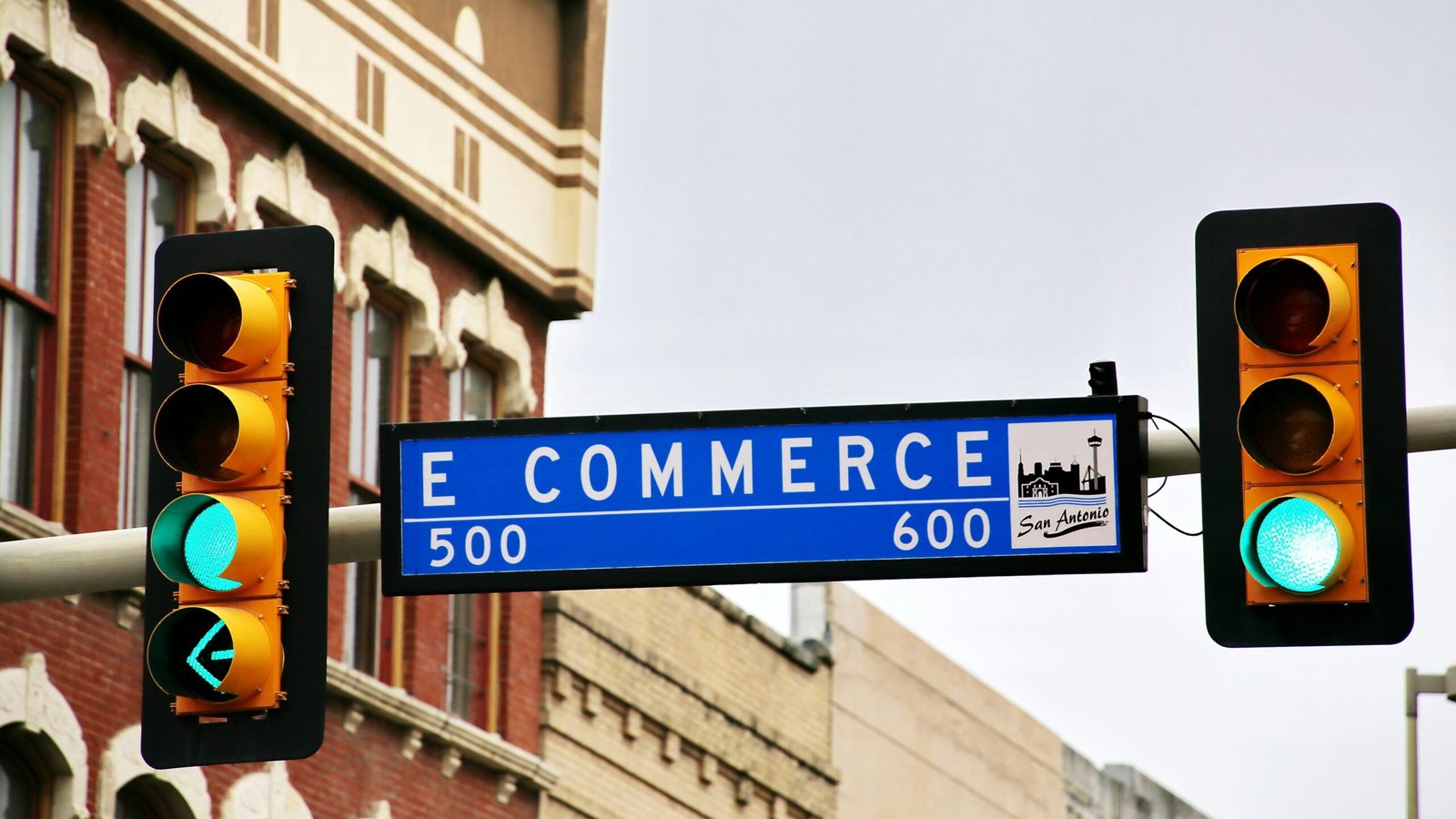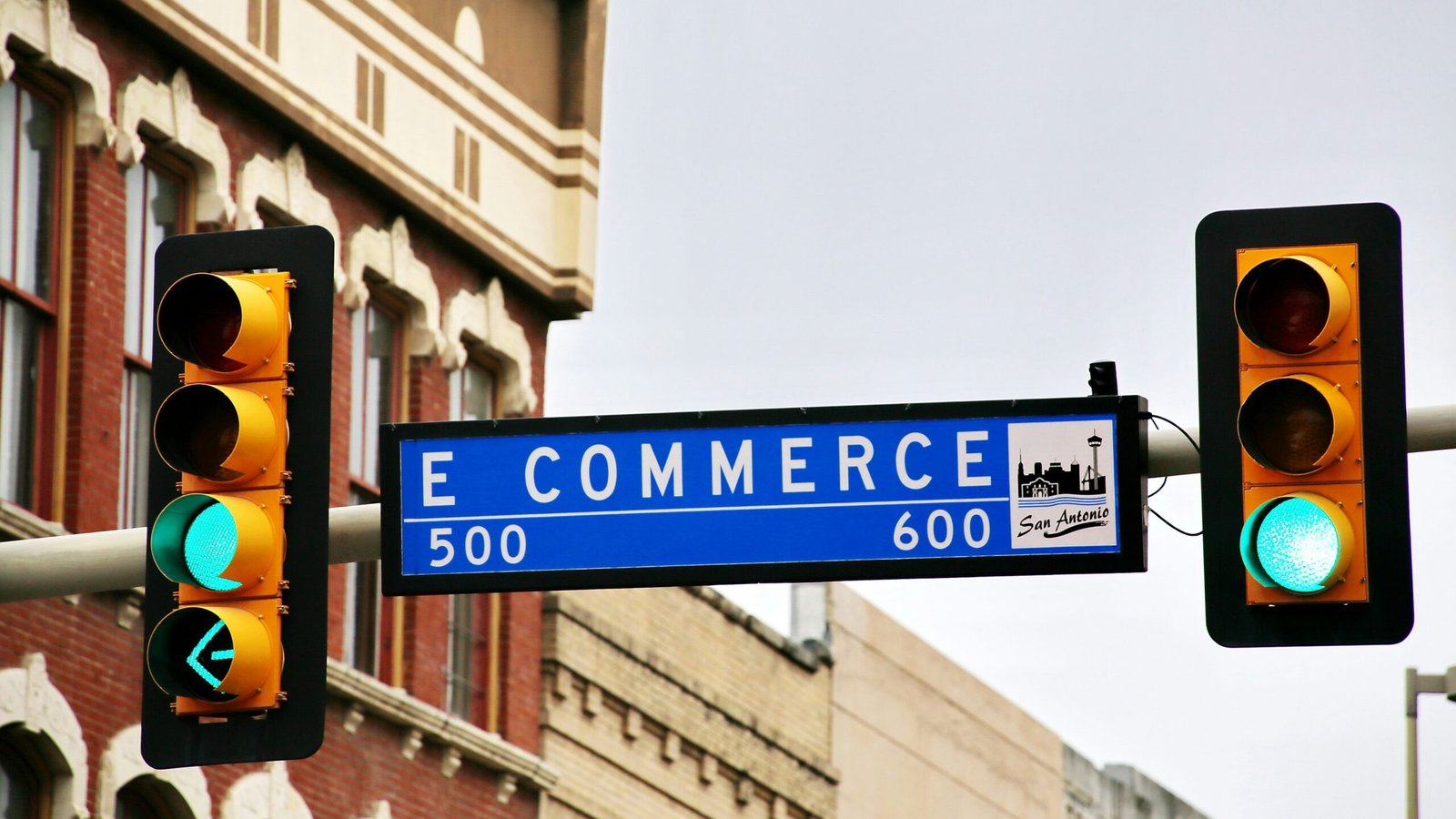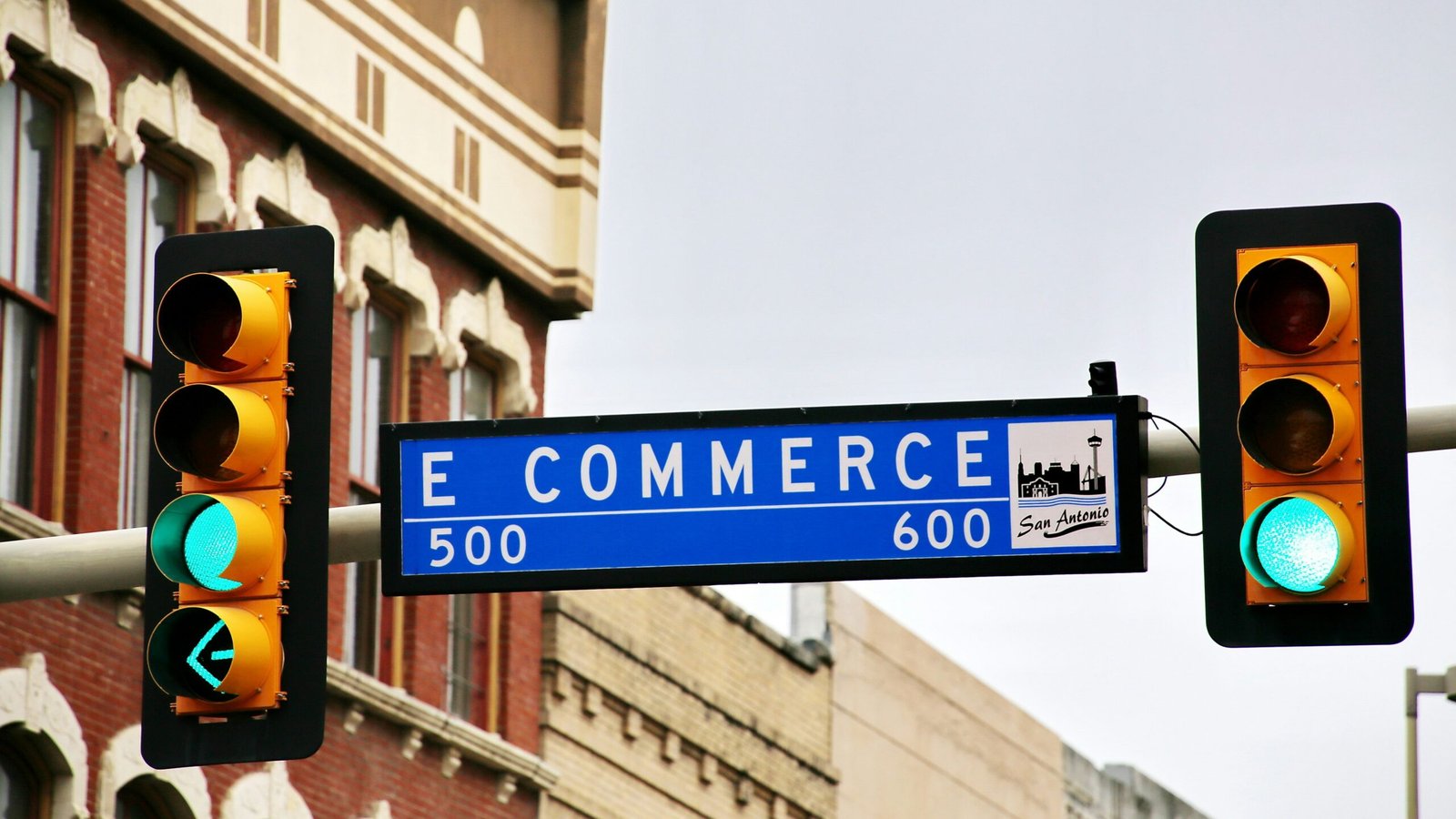The Evolving Landscape of E-commerce Marketing: Embracing Multiple Types of Content Across Multiple Channels
In today’s digital age, e-commerce marketing has become a complex and dynamic field. Gone are the days when a simple advertisement in a newspaper or a television commercial would suffice. The rise of the internet and social media has revolutionized the way businesses promote their products and services. Now, e-commerce marketing demands multiple types of content across multiple channels to effectively reach and engage with customers.
The traditional approach of relying solely on static images and text-based advertisements is no longer enough. Consumers now expect more interactive and immersive experiences when interacting with brands online. This shift in consumer behavior has forced e-commerce marketers to explore new avenues and embrace a variety of content formats.
One of the most popular types of content in e-commerce marketing is video. Videos allow businesses to showcase their products or services in a more engaging and dynamic manner. Whether it’s a product demonstration, a customer testimonial, or a behind-the-scenes look at the company, videos have the power to capture attention and evoke emotions. Platforms like YouTube, Instagram, and TikTok have become go-to channels for businesses to share their video content and reach a wider audience.
Another type of content that has gained traction in e-commerce marketing is user-generated content (UGC). UGC refers to any form of content created by customers or users of a brand. This could include reviews, testimonials, social media posts, or even unboxing videos. UGC adds authenticity and social proof to a brand’s marketing efforts, as consumers trust the opinions and experiences of their peers more than traditional advertising. By encouraging and leveraging UGC, businesses can tap into the power of word-of-mouth marketing and foster a sense of community around their brand.

In addition to videos and UGC, another effective type of content in e-commerce marketing is storytelling. Storytelling allows businesses to connect with their audience on a deeper level by creating narratives that resonate with their values and aspirations. By crafting compelling stories around their products or brand mission, businesses can create an emotional connection with their customers, leading to increased brand loyalty and advocacy. Whether it’s through blog posts, social media captions, or email newsletters, storytelling has become an integral part of e-commerce marketing strategies.
Furthermore, e-commerce marketers must also consider the importance of optimizing content for search engines. Search engine optimization (SEO) plays a crucial role in ensuring that a brand’s content is discoverable and ranks higher in search engine results. By incorporating relevant keywords, meta tags, and optimizing website structure, businesses can increase their online visibility and attract organic traffic. SEO is an ongoing process that requires continuous monitoring and adaptation to keep up with the ever-changing algorithms of search engines.
In today’s digital landscape, e-commerce marketers cannot rely on a single channel to reach their target audience. They must adopt a multi-channel approach to maximize their reach and engagement. This means leveraging social media platforms, email marketing, influencer collaborations, content partnerships, and more. Each channel offers unique opportunities to connect with customers and should be utilized strategically based on the target audience and campaign objectives.
In conclusion, e-commerce marketing has evolved significantly in recent years, demanding multiple types of content across multiple channels. From videos and user-generated content to storytelling and search engine optimization, businesses must embrace these various content formats to effectively engage with their audience. By staying adaptable and keeping up with the latest trends and technologies, e-commerce marketers can stay ahead of the competition and drive meaningful results in today’s competitive digital landscape.







